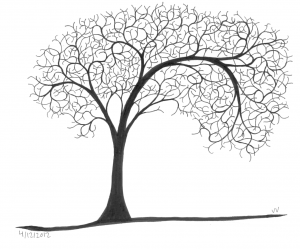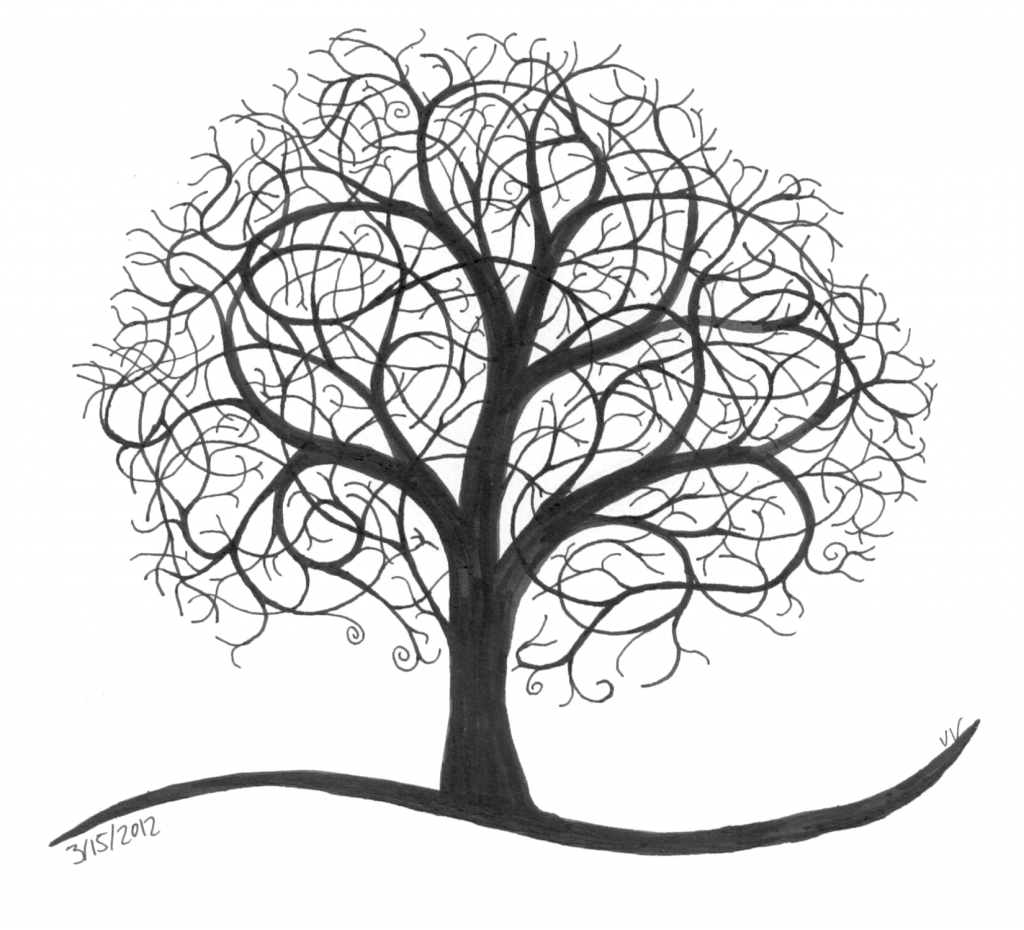In which I pretend to be a scientist
Before the post a few weeks ago about research on sexist humor, it simply hadn’t occurred to me that there might be people out there in the world who got paid to study humor scientifically. I think this is awesome, and in retrospect should’ve suspected as much.
Now that I know, however, I’ve started doing one of those things that scientists do – check out what everyone else has already done. :)
I am somewhat hampered in this by two things: I don’t have easy access to a library that has serious academic journal subscriptions; “humor theory” searches also get you theories about blood, phlegm, and two kinds of bile. I do have the internet, though, which will at least get me started.
One of the many theories: Pattern Recognition
One of the modern theories about humor that caught my eye (for possibly obvious reasons) is called the Pattern Recognition Theory of Humor. It was first proposed in 2008 by Alastair Clarke, and clarified in 2009.
In short, this theory proposes that humor arises from the patterns we see around us in everything and things that either match or don’t match those patterns. That’s one reason why it is appealing – it doesn’t rely on any single cultural or historical context – your humor is based on the patterns you expect.
Which sounds like just the thing to explain the popularity of “memes”, snowclones, and other popular forms of humor … except that in his clarification, Clarke makes it really clear that it’s about the repetition, not about any deviation or variance. I’m relatively unconvinced by this – simple repetition of the same thing over and over is … well, not very funny.
Take Monty Python’s “I Like Traffic Lights” song. Funny once. Maybe.
I suppose that one could consider the sorts of frameworks that make up snowclones and “memes” to be the basis for the repetition, but without the variation, they wouldn’t actually be amusing.
I’ve only seen a little bit on what’s out there for this so far – anyone have better/more interesting/more useful links?

 Follow
Follow

